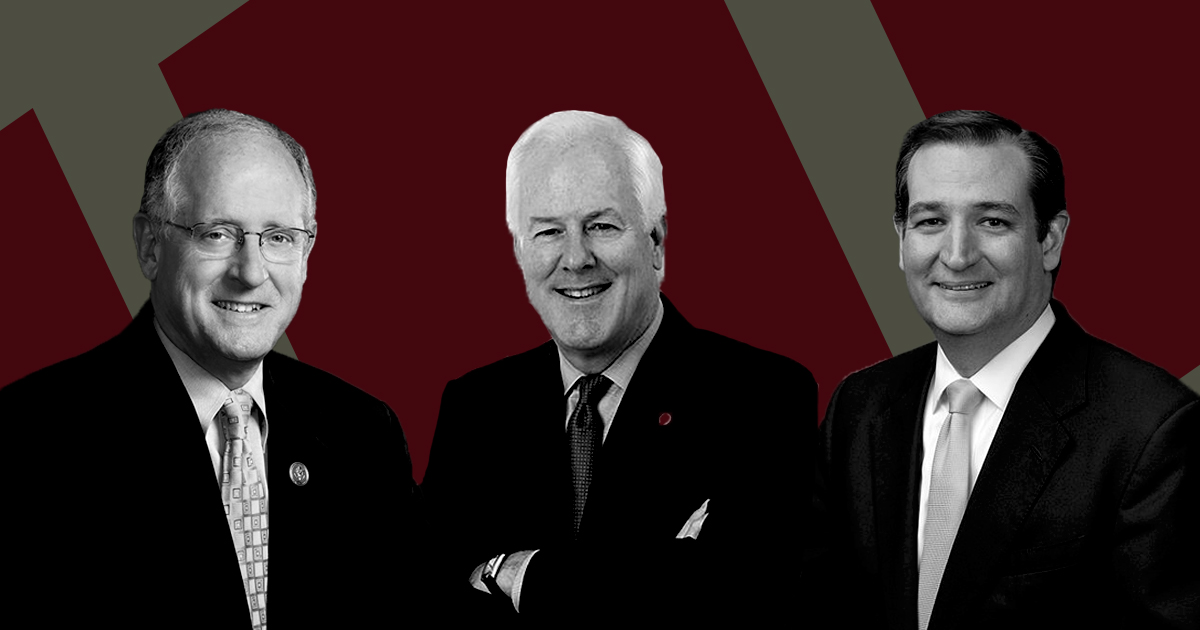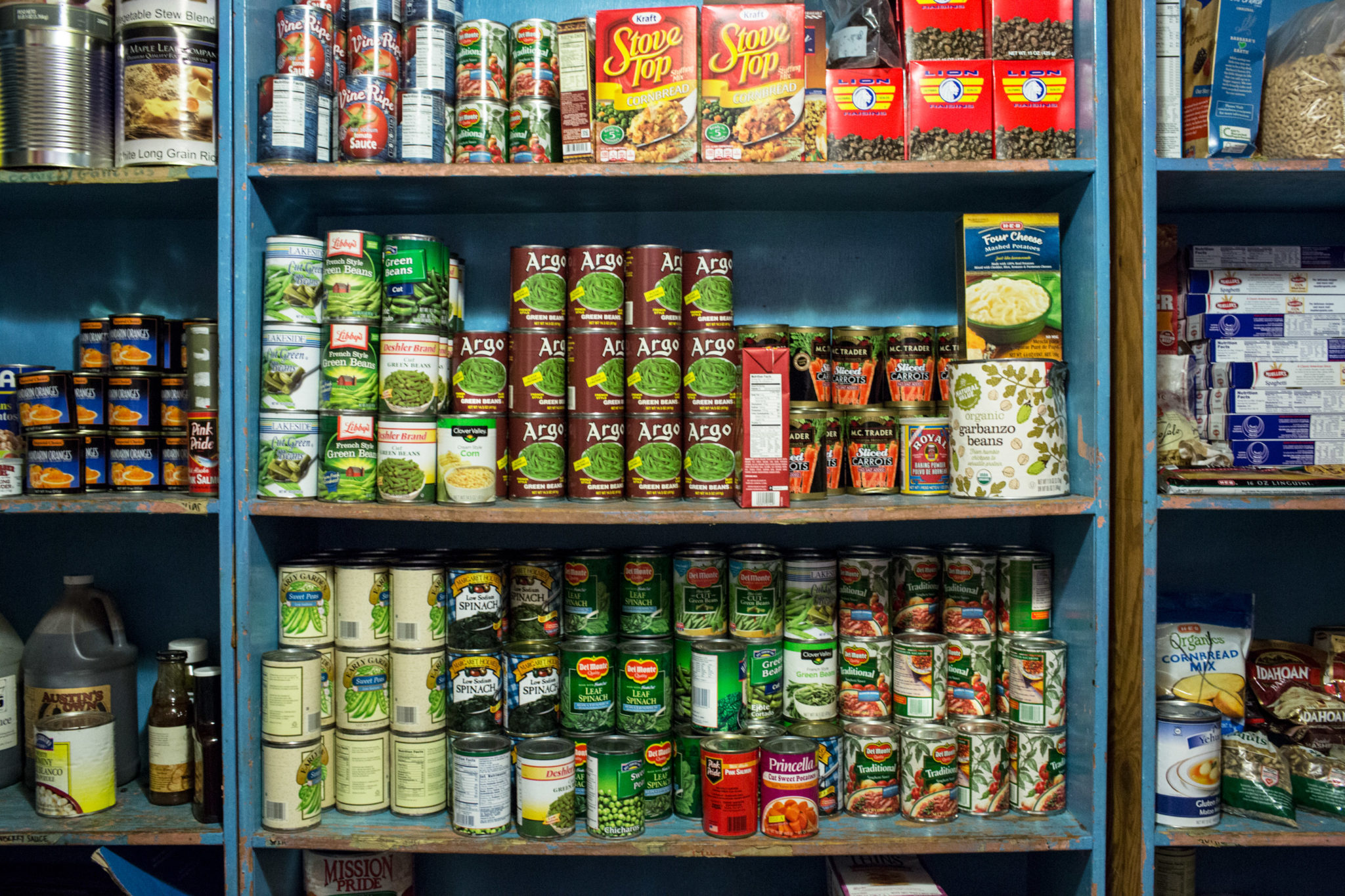Doubling Up at the Farmers’ Market
A version of this story ran in the June 2012 issue.
A lot of people shop at farmers’ markets for fresh and locally grown produce, much of it organic. But until early in the 2000s, with the exception of a few pilot programs across the country, most food stamp recipients couldn’t use their benefits at these markets. Now that they can, many are unaware of the shopping option—or they choose to buy often cheaper frozen and canned fruits and vegetables.
Food activists and health advocates are continuing to find new ways to promote farmers’ markets to people who receive food assistance, and to help remove income as a barrier. Backed by studies showing the connection between poor access to healthy food and diet-related diseases such as diabetes and high-blood pressure, their efforts are getting support from the U.S. Department of Agriculture—and might be funded in the 2012 Farm Bill.
One strategy to attract shoppers enrolled in the Supplemental Nutrition Assistance Program (known as the food stamp program) has been to create new incentives, such as 2-for-1 purchase deals. Since 2007, these programs have spread across the country, says Oran Hesterman, president and chief executive officer of the Michigan-based Fair Food Network, which administers the Double Up Food Bucks program at state farmers’ markets.
Earlier this year, Austin’s Sustainable Food Center created its own version of Double Up, called Double Dollar—among the first programs of its kind in Texas. The bulk of the support comes from a grant from St. David’s Foundation’s Healthy Living initiative, which targets childhood obesity in Central Texas. The grant makes up the discount to shoppers on food stamps, ensuring that farmers are paid full price for their produce. The USDA also funds operations and promotions, says Suzanne Santos, the farmers’ market director for the Sustainable Food Center.
The program is still building momentum, says Santos. Currently, it only serves about 25 Double Dollar shoppers a week, but the program can accommodate 100 participants a week for two years, based on a match of $10 per shopper, she says. Women, Infants and Children Farmers Market Nutrition Program recipients will also be eligible for the match this summer, Santos notes, which will likely push up the number of subsidized customers.

The Sustainable Food Center operates four weekly year-round markets in Austin, all of which accept food stamps. But the Double Dollar program is limited to the farmers’ market in the parking lot of the Eastside YMCA in Northeast Austin—considered a food desert based on a shortage of supermarkets in the area. According to the USDA, approximately 15 percent of Texans reside in food deserts, communities where a majority of urban residents are more than a mile from a grocery (or more than 10 miles in rural areas).
Hesterman and supporters of farmers’ markets have been pushing for funding for double-value coupons in the 2012 Farm Bill. A Senate version includes $100 million over five years for a competitive grant program that would expand double-value coupons to other states in conjunction with local and regional family farmers, says Kate Fitzgerald, an independent policy consultant who represents the Fair Food Network in Washington, D.C. Fitzgerald founded the Sustainable Food Center in 1993 and was also director of food assistance programs for the Texas Department of Agriculture from 1987 to 1990, when Jim Hightower was the commissioner. During Hightower’s tenure, the department pioneered the use of food stamps in farmers’ markets.
In a Feb. 22 post on The New York Times blog “Room for Debate,” Hesterman explained what supporters want from Congress: “[U]ntil now, Double Up Food Bucks has drawn on a pool of funds raised from foundations to ‘match’ purchases at participating farmers’ markets. … with the reauthorization of the Farm Bill in 2012, we have an opportunity to provide public funding for this practical, scalable, incentive-based approach to improving healthy food access and rural economic development.”
The Double Up and Double Dollar programs provide an important incentive for food stamp recipients to go to farmers’ markets, says Santos; she adds that most food stamp shoppers who participated in the center’s focus group study aren’t familiar with the markets.
“If it wasn’t for that little extra kick, we wouldn’t ever see them [there],” Santos says.
Cheryl Smith is an Austin-based freelancer who writes about agriculture and food policy.


